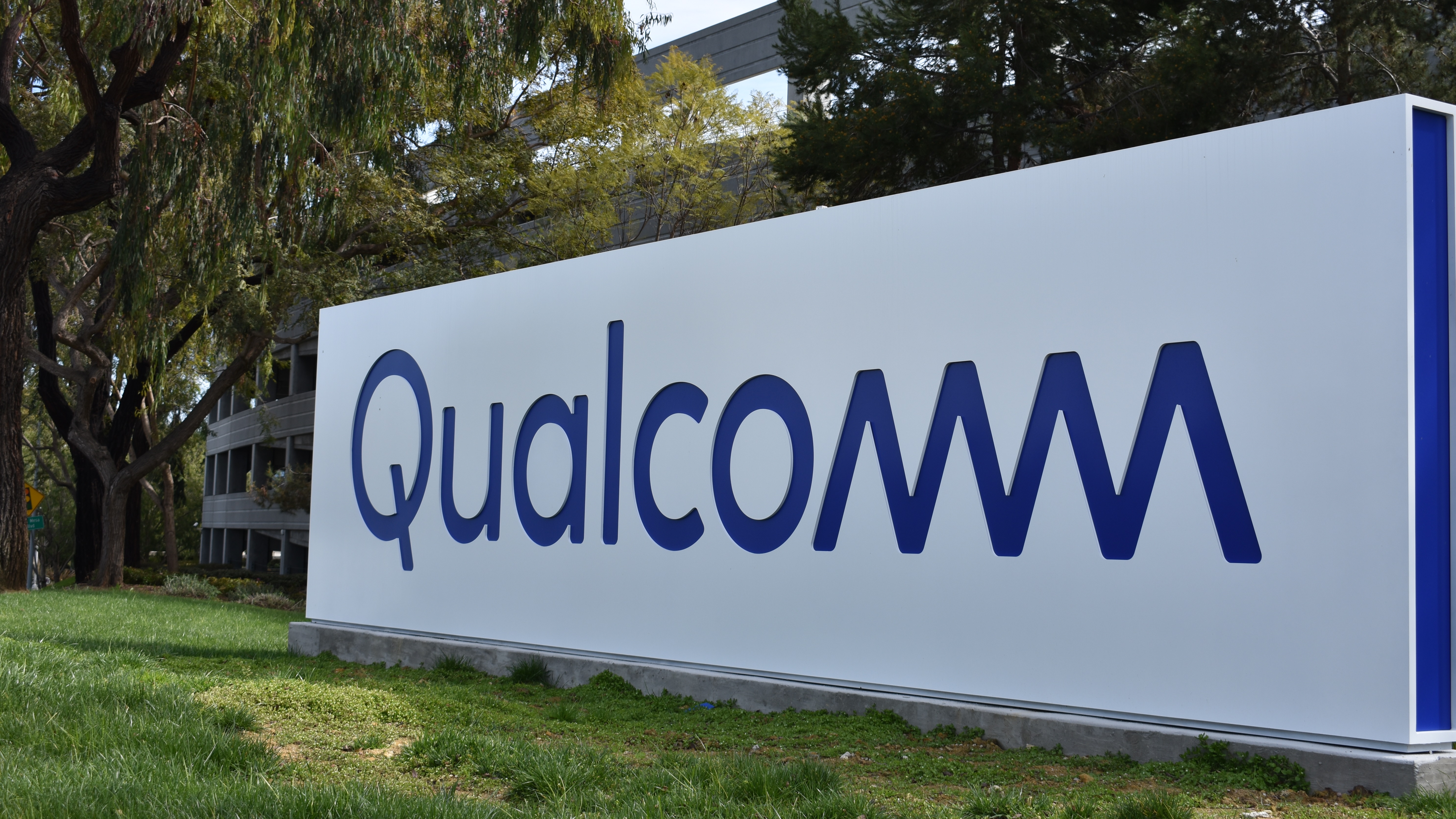Like Apple did with Intel, Qualcomm is now one step closer to an Arm-free ecosystem — thanks to its Google RISC-V alliance
Qualcomm and Google are building a Snapdragon Wearable platform to give manufacturers an alternative to ARM-based CPUs

Qualcomm has doubled down on its recent foray into Google’s RISC-V ecosystem by co-creating a RISC-V Snapdragon Wearable platform that will power forthcoming Wear OS devices.
It’s impossible to see this news as anything other than a blow to the rival ARM instruction set architecture (ISA) ecosystem. While ARM is – by some great distance – the predominant ISA in the RISC category, Google has put its weight behind RISC-V as an open source alternative. And it’s gaining traction in the industry.
Both Google and Qualcomm recently banded together with others to create the RISC-V Software Ecosystem (RISE), and Qualcomm has also injected cash into a new company that wants to accelerate RISC-V hardware development.
ARM vs RISC-V: Why is Qualcomm moving on from ARM?
In the not-too-distant future, manufacturers of the best smart watches and other wearables will have the option of adopting a RISC-V-based chip for their products. Currently, these chips are all ARM-based.
Founded in 2015, RISC-V is said to be more efficient and flexible – and it can be completely customized to specific use cases. Simply put, Qualcomm is buying into the RISC-V ecosystem because it feels there’s more scope for performance gains and a reduction in power consumption in the devices powered by RISC-V-powered CPUs.
“This is about redefining the boundaries and possibilities for smart watches and more broadly for wearable solutions,” said Dino Bekis, the firm’s VP and GM for wearables and mixed-signal solutions. “Consumers continue to demand ever-increasing performance and useful battery life from the entire spectrum of their personal devices. The RISC-V architecture, coupled with innovative silicon design, enables us to achieve impressive new benchmarks along these vectors.”
There’s also the question of licensing. The ARM ISA is privately owned and licensed to other companies, whereas all companies can begin using RISC-V for free of any cost, and can manipulate RISC-V cores in any way they see fit. By contrast, firms that use ARM can’t modify the basic core.
Sign up to the TechRadar Pro newsletter to get all the top news, opinion, features and guidance your business needs to succeed!
ARM, on the other hand, is still expected to dominate for some time to come thanks to proven performance, and the fact its software ecosystem is more extensively supported.
More from TechRadar Pro
- These are the best smartwatches and best WearOS devices around
- Here's why Intel, AMD and Arm may have to up the ante to deal with Open hardware
- Will Intel abandon x86 for RISC-V for its next-gen supercomputing chips?

Keumars Afifi-Sabet is the Technology Editor for Live Science. He has written for a variety of publications including ITPro, The Week Digital and ComputerActive. He has worked as a technology journalist for more than five years, having previously held the role of features editor with ITPro. In his previous role, he oversaw the commissioning and publishing of long form in areas including AI, cyber security, cloud computing and digital transformation.